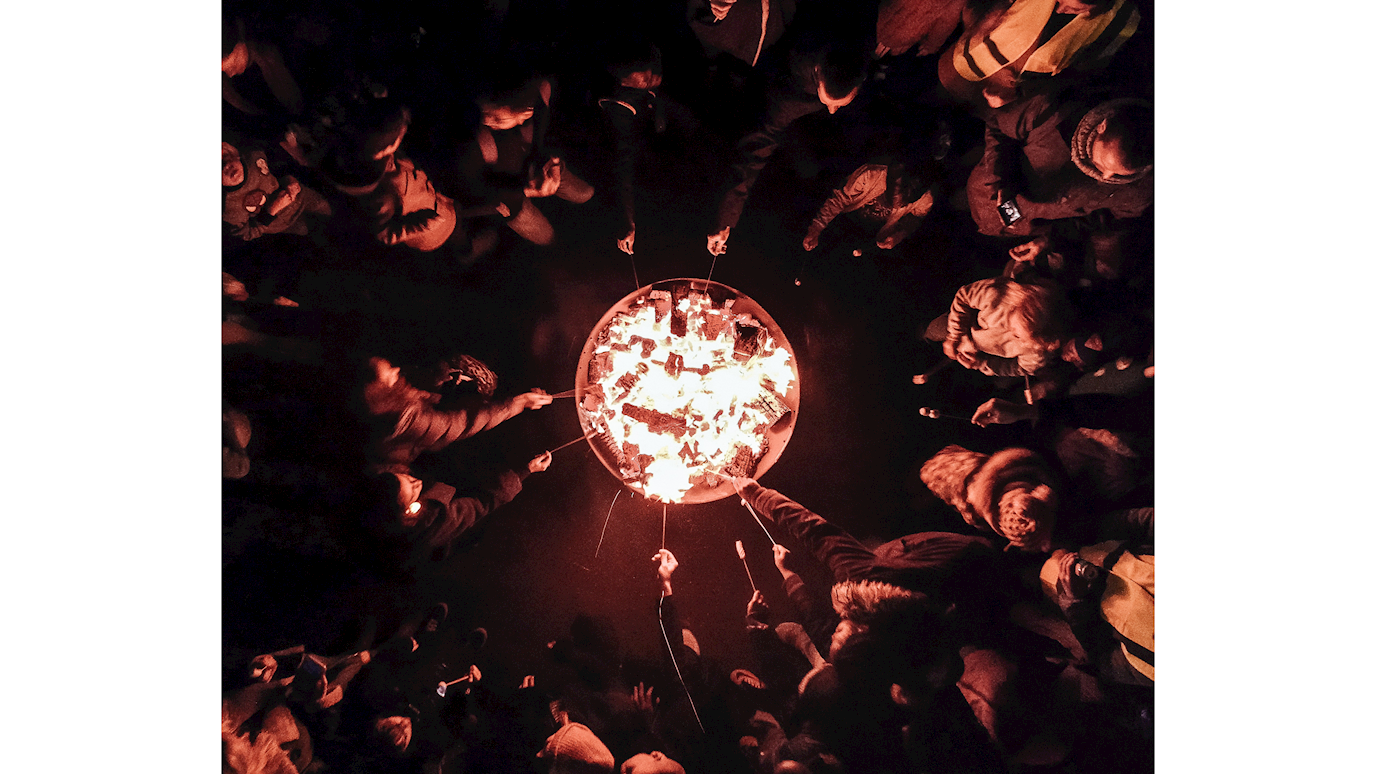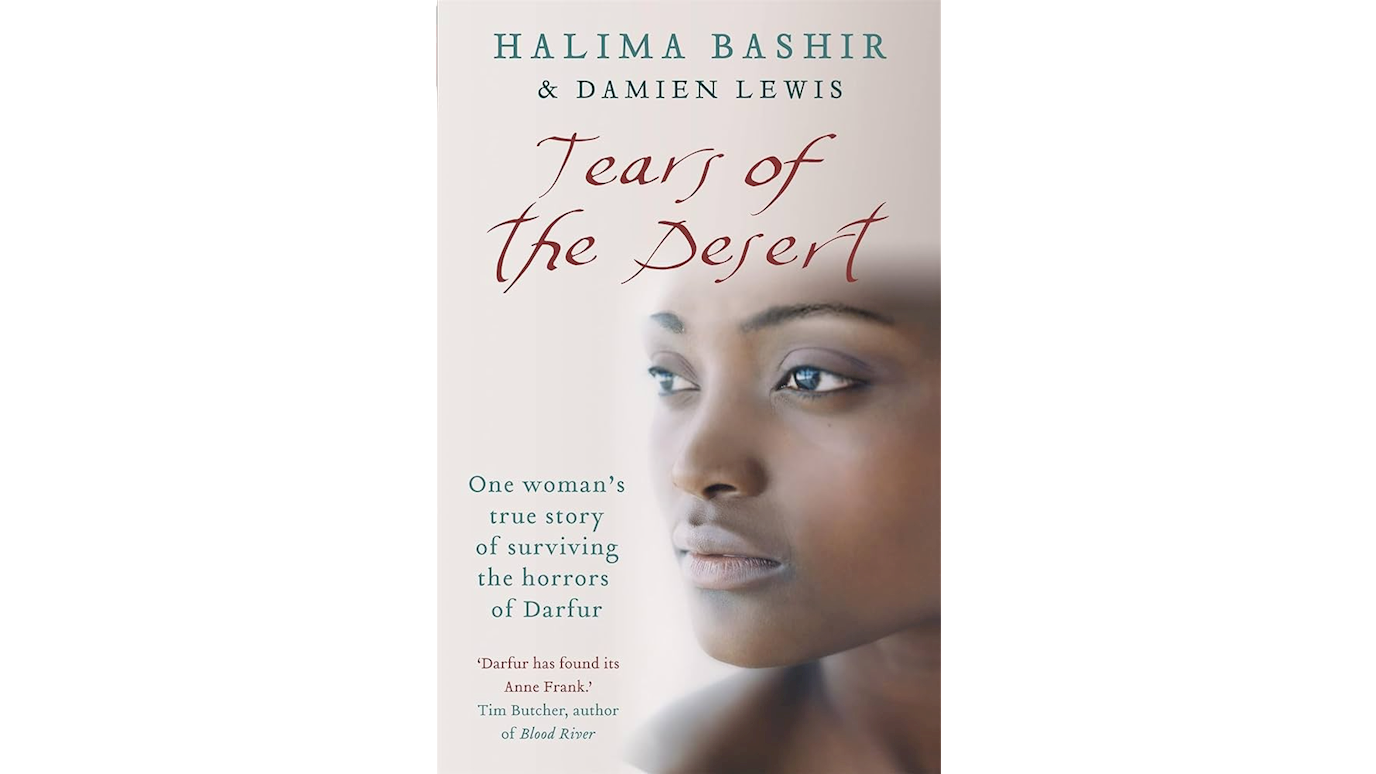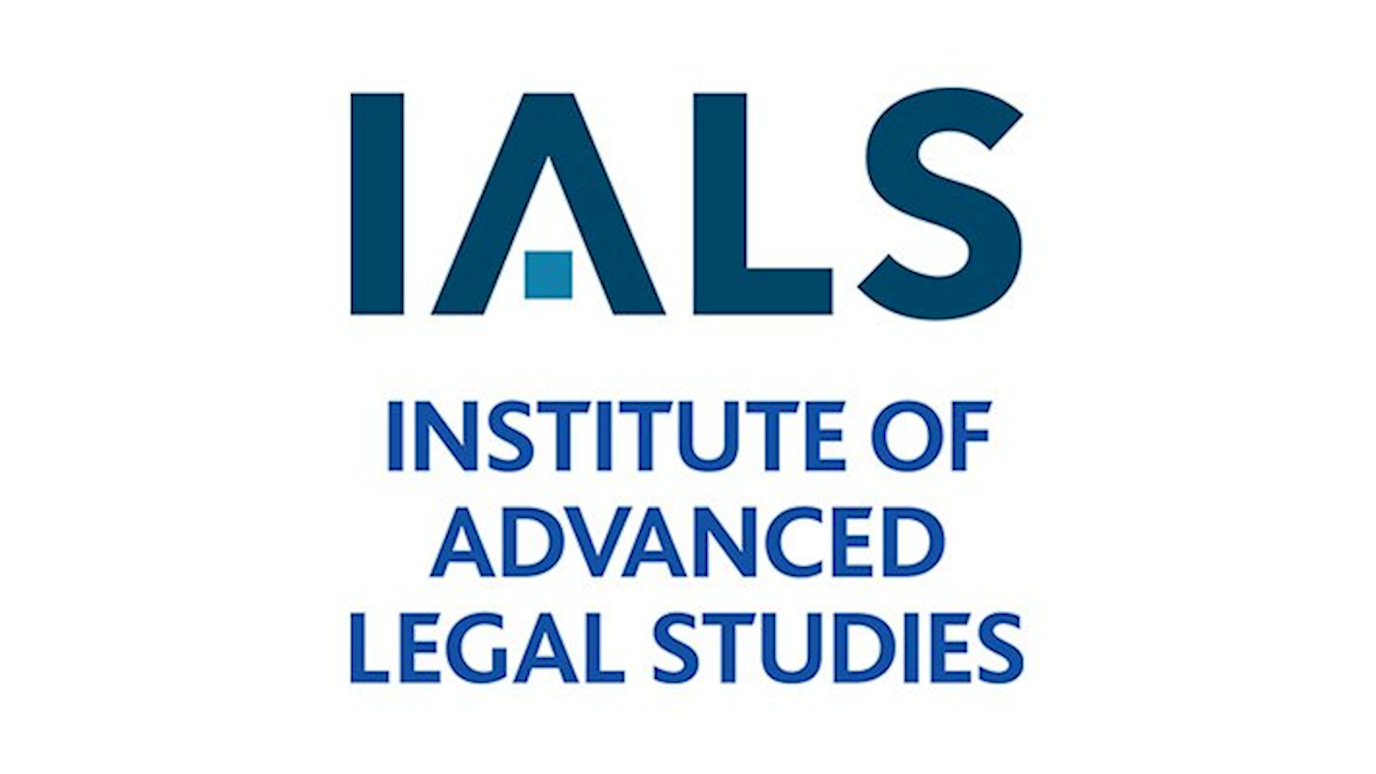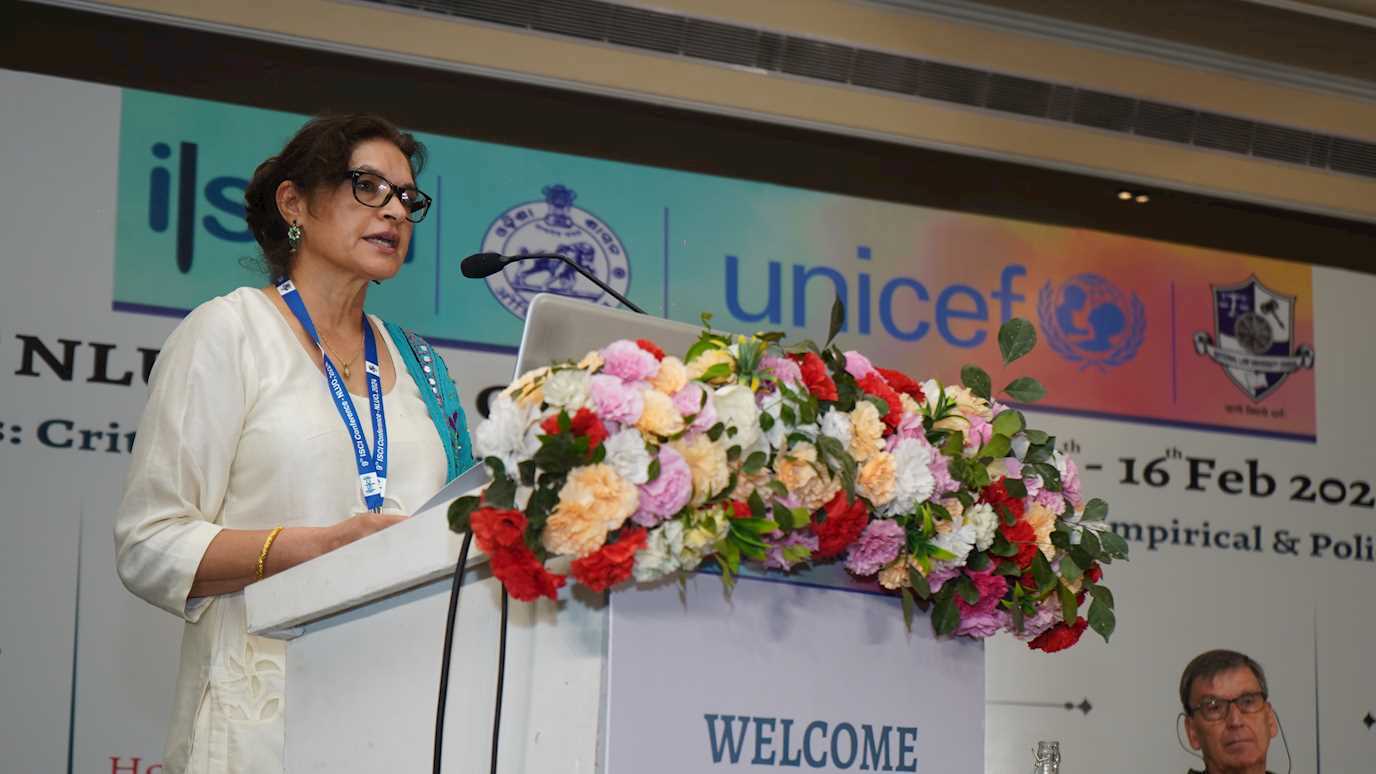The 5th November marks the annual commemoration of Guy Fawkes Night. For the occasion, Dr Elizabeth Pearson writes about the role of commemoration of terrorist acts.

Guy Fawkes: Remembering Terrorism and its Victims 400 Years On
Remember, remember the Fifth of November,
The Gunpowder Treason and Plot...
A nursery rhyme about an act of terrorism seems strange. But the rhyme has been taught to generations of children to celebrate 5 November 1605 and the foiling of a Catholic plot to blow up the Protestant English parliament, and assassinate King James. If successful it would have destroyed parliament, killed the King, and altered history as we know it. Each year, Bonfire night is a peculiar echo of an attack that never was. Guy – Guido – Fawkes was the explosives expert found guarding the gunpowder in cellars beneath parliament. Since 1606 people have burned his effigy in the form of the ‘Guy’ on top of the 5 November bonfire.
Some see Fawkes as a proto-terrorist; others as a freedom fighter; others as an insurgent. But when Guido Fawkes was hanged on 31 January 1606, it was neither as a terrorist or a freedom fighter – these concepts did not exist. He was simply condemned as a traitor. And bonfire night is a commemoration, not of the ‘Gunpowder plot’, but of the counter-terrorism in the state foiling of it.
Terrorism and Commemoration
I know of no reason
Why the Gunpowder Treason
Should ever be forgot.
The events of 1605 are a long time ago. But still, we teach children - remember.
Remembering is intrinsic to the act of commemoration, an increasingly important aspect in how we collectively engage with the aftermath of contemporary terrorist attacks. Even if we are not personally affected by an attack, traumatic events on the national stage can also be personally difficult. Memories associated with first hearing shocking and tragic news can remain unusually vivid, the so-called ‘Flashbulb effect’. We can also share collective trauma. Research has showed continued viewing of footage of 9/11 in the days after the attack could increase symptoms of post-traumatic stress disorder. Memories of such events can impact identity. This is why the ways that we process and commemorate terrorist violence matter.
What people commemorate, and how they do so has changed. Memorial can celebrate or mourn. It can be state-led and officially instituted into the national calendar, or organic and driven by those affected.
Historically, states celebrated and commemorated events of ‘survival, resistance, victories’. Bonfire night is a good example. Such days are intended to communicate shared values, and national unity around a shared identity. Official events can have a unifying role. After the far-right Christchurch attacks on mosques in New Zealand in 2019, official memorial events urging New Zealanders to attend and involving Muslim communities provided the possibility to honour victims. The focus on inclusivity meant it was possible to heal divisions. Muslims and non-Muslims stood side by side, and people of different faiths sought to show violence was ‘not the kiwi way’.
Victims and Grassroots remembrance
In contrast with state-led events of the past, contemporary memorials emphasis emotion, recognising people’s grief and processing collective trauma. Where once leadership instituted top-down commemoration, enforcing remembrance in line with particular identities, the commemorative response to recent terror attacks has more often been grass-roots and organic. After the 9/11 attack on New York’s Twin Towers, people organised in response to their feelings of shock and grief. In towns across the United States, they assembled at impromptu vigils. Outside the United States, they also gathered to remember at American Embassies. Similar gatherings took place after attacks in Paris in 2015, and in Christchurch, New Zealand in 2019. Online too people respond to terrorist violence. A study of Twitter use after the Paris attacks of 2015 showed that outpourings of emotion online could enhance feelings of solidarity, and ultimately resilience. Grassroots, spontaneous responses to terrorism are often a collective and important first response to an attack.
Inclusive commemoration meanwhile can heal, particularly when victims are the focus. The United Nations established the International Day of Remembrance of and Tribute to Victims of Terrorism in 2017. It is marked on 21 August, and was introduced to ensure victims of terrorism are not forgotten. This year, its theme was ‘Memories’.
The European Observatory on Memories recommends victims are included in any memorial planning. As a European Parliament report on helping victims of terrorism notes, “Symbols and rituals express and demonstrate the impact of sudden tragedies and attacks on society.” Excluding victims, while focusing on national grief, can conversely cause harm. So too can excluding communities in the places where memorials re planned, as was the case in Norway in the aftermath of far right terrorist Anders Breivik’s attacks.
What is also important, is not just that memorialisation is inclusive and focused on victims, but that it is not politicised. The European Parliament report recommends it is non-political and non-partisan. Terrorist violence is aimed at division, and it can indeed succeed in that. Islamophobia and hate crimes in Europe were seen to increase after terrorist attacks carried out by violent Jihadist actors, claiming to stand for Islam. The ripple effects of attacks can deepen existing prejudice and division, and memorials should not add to this.
The question of how to commemorate has therefore been important. As Bonfire Night evidences, memorials have the potential to keep a perpetrator in the public mind, and for a long time to come.
Guy Fawkes for instance has gained new life in recent years, as a symbol of social justice. When writer Alan Moore and illustrator David Lloyd created the graphic novel ‘V for Vendetta’, hero ‘V’ adopted Fawkes’ distinctive look – 17th century hat, moustache and beard - to fight back against the injustice of those in power. Fawkes’ face is also familiar in the masks worn by members of Anonymous, a hacktivist protest group, and by Occupy, left-wing activists fighting against social injustice. The mask – Fawkes’ face - has been adopted world-wide, from Turkey to Thailand, by those who want to show they are standing up to tyrannical power.
Memorialisation as Education
Holler Boys, Holler Boys, God save the King
To return to the nursery rhyme well known to British children, perhaps the most important aspect of memorialisation after a terrorist attack is education. When Fawkes was executed, England was highly and violently divided along the religious lines of Catholicism and Protestantism. The final lines of the Bonfire Night rhyme that Milton – possibly - wrote in 1626 do nothing to diminish such division. The education here was top-down, learned by rote and the lesson was a call to maintain Protestant and regal power.
Education in memorials to contemporary terrorist attack has of course evolved. The 9/11 memorial includes access to education programmes, aimed at understanding the causes of the attack, and its lasting consequences. The 22 July Centre in Norway is a learning centre. It was set up to remember the victims of Anders Breivik in the 22 July attacks of 2011, and it informs – and warns - about how far right extremism spreads.
This is perhaps the ultimate aim of memorial days and remembrance. They remember, they celebrate, they mourn, and they teach us not to forget. In not forgetting, we can also learn how to prevent such violence from happening again.
Dr. Elizabeth Pearson is a lecturer in Criminology and teaches on the MSc in Terrorism and Counter-Terrorism Studies
























